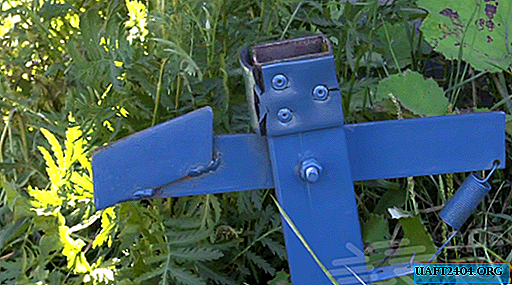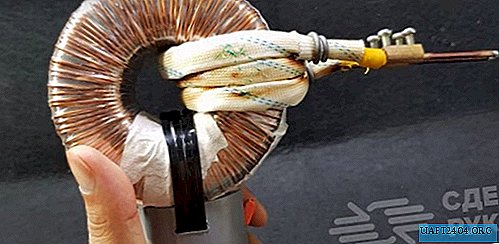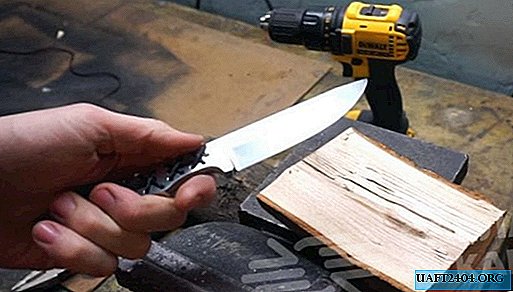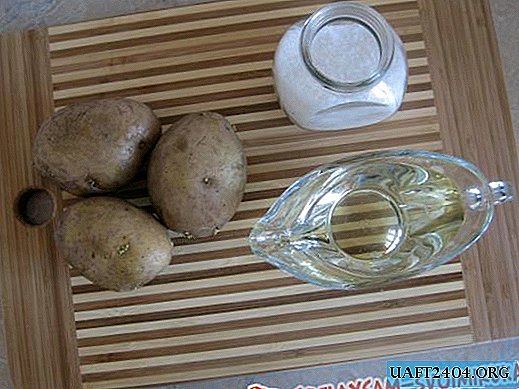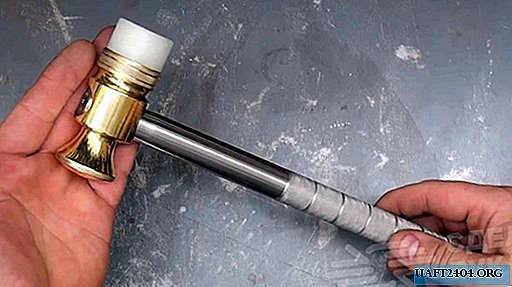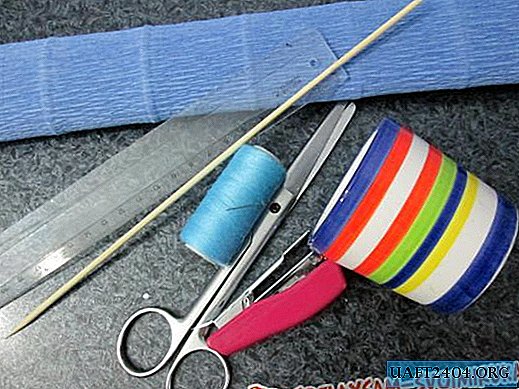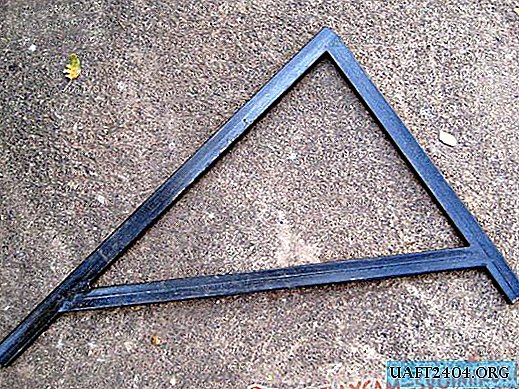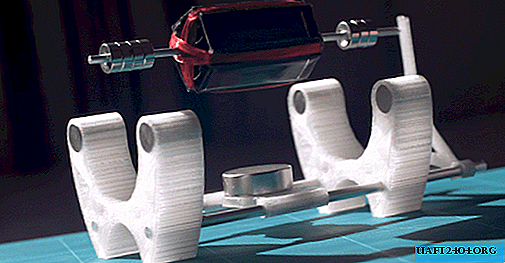Share
Pin
Tweet
Send
Share
Send
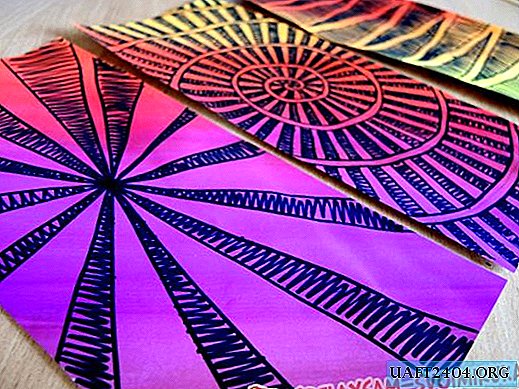
List of required materials:
- Paper.
It is better to use thick paper, which will not emit water, you can take cardboard instead of paper. The format of the sheet is absolutely any, it all depends on your wishes, I painted on a sheet of A3 format.
- Paints. Gouache is preferable, since when drawing with gouache, less water is required than for watercolor, respectively, and the paper will deform less.
- brush
- A jar or a glass of water
- Paper tape
- pencil
- black marker
- A small sheet for a sketch.

Now let's get to work. At the very beginning we will make a sketch of the future panel. The pattern can be absolutely any, but the main thing is that in each of the three parts something common can be traced, be it a similar way of painting, a single motive or a repeating element.

Next, prepare the background for the planned patterns. Let's start by attaching a sheet of paper to the work surface with paper tape. It’s not worthwhile to "stick" strongly with adhesive tape to the edges of the sheet, otherwise then you will have to cut a lot, five millimeters will be enough.

Next comes the fun part - painting the sheet. Three colors were enough for me: yellow, red and purple. Too dark colors should not be chosen, a black marker will not be visible against their background. If you want, then, of course, you can use dark colors and draw on them with a white lacquer marker or stroke. An experiment is welcome.

Paints can be mixed directly on paper, if it is more convenient for you, then use the palette.

The result is a bright and colorful background for the panel.

When the paint is dry, draw a border on the back of the sheet, backing away from the edge of 1 cm, and then divide the inside into three equal rectangles, as shown in the diagram. Then cut off the white edges that were covered with tape and cut the sheet into three parts.

If the paper is still drained of water, then you can put it under the press and leave it for a while so that it is leveled. When everything is ready, we move on to the next step - we transfer the drawing from the sketch, first with a pencil, and then with a marker.

Next, add smaller patterns to the picture, paint them somewhere, and so on. Here you need to give free rein to imagination.

If you painted in a large format, it is better to complicate the patterns, so the panel will look more spectacular. The main thing is not to be afraid to experiment.

I wish you creative success!

Share
Pin
Tweet
Send
Share
Send

